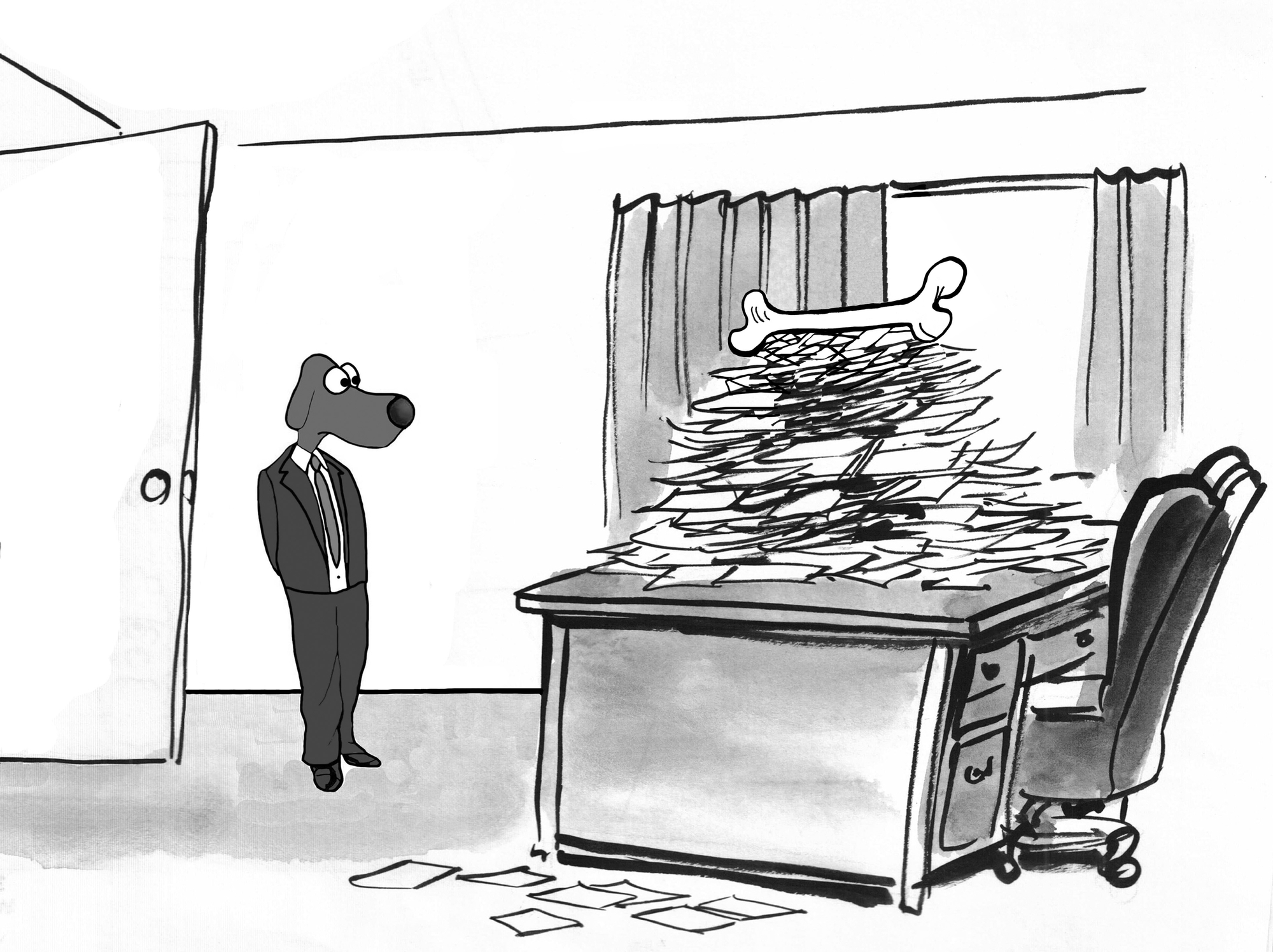Acquiring the right planning permission is a crucial step in establishing an enclosed field for dogs. This process can seem daunting, but with the right information and preparation, it’s entirely manageable. This blog post will guide you through the essentials of navigating planning permissions, ensuring you’re well-prepared to bring your vision to life.
Understanding Planning Permission
Why Planning Permission?: In the UK, changing the use of a piece of land typically requires planning permission from the local council. This is to ensure that the development aligns with local planning policies and doesn’t adversely affect the surrounding area.
Sui Generis and Your Enclosed Field: Most dog enclosed fields fall under the ‘Sui Generis’ category, a term that essentially means ‘in a class of its own’. Given the unique nature of dog fields, standard categories don’t always apply, making Sui Generis the likely classification for planning applications.
Steps to Acquiring Planning Permission
- Initial Research: Start by consulting your local council’s planning department. They can offer preliminary advice on your proposal and any specific requirements or challenges you might face.
- Hiring an Independent Planning Consultant: For complex applications, consider hiring a planning consultant. They bring expertise in preparing your application and navigating the planning process, potentially increasing your chances of approval.
- Preparing Your Planning Documents: Your application will need to include a site location plan, a detailed site plan, and a design and access statement. These documents should outline your plans for the enclosed field, including how you’ll manage dog waste, noise levels, and any changes to the landscape.
Tips for a Successful Application
- Engage with Your Community: Demonstrating support from your local community can be beneficial. Consider gathering letters of support or petition signatures to accompany your application.
- Address Potential Concerns: Be proactive in addressing potential objections, such as noise or traffic. Solutions like acoustic fencing or parking arrangements can mitigate these concerns and demonstrate your commitment to being a good neighbour.
- Follow Up: Stay in touch with the planning department throughout the process. Being responsive and open to feedback can facilitate a smoother review process.
Conclusion
While obtaining planning permission for an enclosed dog field might seem like a hurdle, it’s an achievable step towards creating a valuable community asset. By thoroughly preparing your application and engaging positively with both the council and your community, you’re well on your way to establishing a space where dogs can play and train safely.

